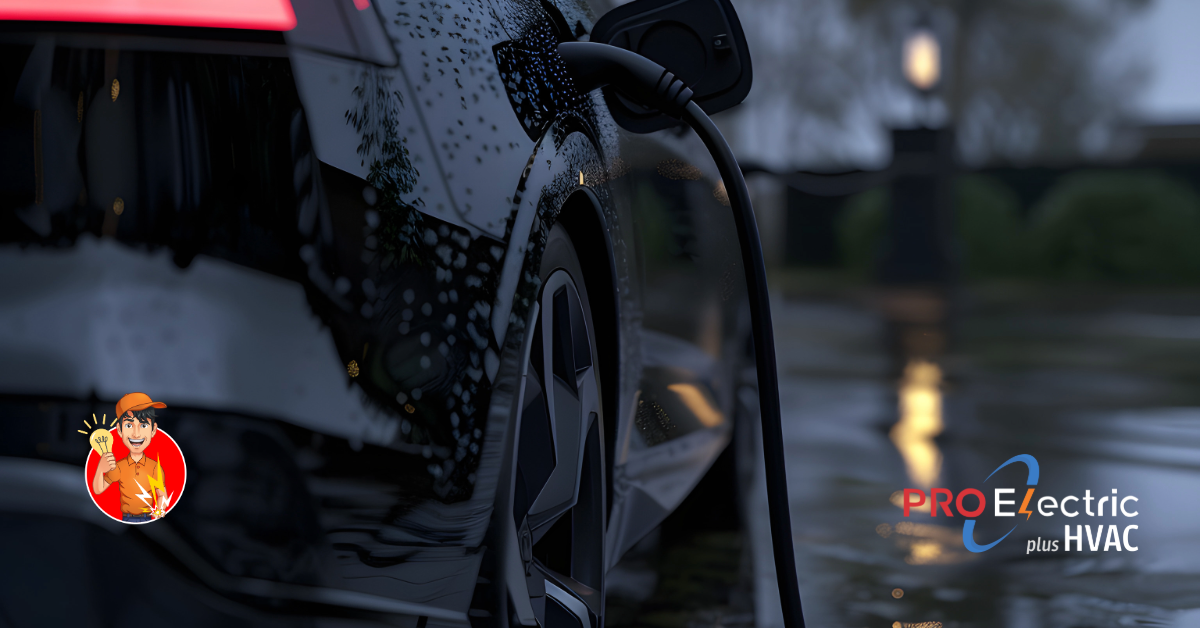By Peter, Master Electrician | PRO Electric plus HVAC | Electrical Panel Upgrades
Burke 100-Amp Service vs. EV & Heat Pump | Real Load Calc Guide
What a real load calc says—no guesswork, no smoke.
Hi, I’m Peter with PRO Electric plus HVAC.
I spend a lot of time in Burke Colonials from the 1970s–80s.
They’re well built and age gracefully, but many still run on 100-amp service.
That was fine when a “big load” meant a hair dryer and a microwave.
Today you’re asking that same panel to power an EV charger, a heat pump, maybe an induction range, home office gear, and smart everything.
The question isn’t “Will it work?” It’s “Will it work safely and reliably, without constant trips and hidden heat?”
Below, I’ll show you the clues your service is maxed out, and what a real load calculation says before you add one more gadget.
Why 100 amps feels tight now
- EV charging: A common Level-2 charger draws ~32–48 amps while charging.
- Heat pumps: Great efficiency, but auxiliary heat strips can add 30–40+ amps during cold snaps.
- Kitchen upgrades: Induction range/oven circuits are often 40–50 amps.
- Laundry: Electric dryer ≈ 21 amps while heating.
- Everything else: Computers, space heaters, dehumidifiers, treadmills—small by themselves, big when stacked.
Not all of these run at once—but in the worst moments (cold night, EV plugged in, dinner on, dryer tumbling) you can push a 100-amp service past its comfort zone.
The Burke “amperage math” (plain-English version)
Let’s compare three common setups I see:
Gas heat + Level-2 EV (32A) + everyday loads
- Often okay if charging is scheduled overnight and circuits are balanced.
- Still worth a check if lights dip or breakers trip.
Heat pump + 7 kW strips (~30A) + Level-2 EV (32A) + dryer (~21A)
- Worst-case overlap: ~83 amps just from those three, before lights, fridge, etc.
- A 100A service may survive, but it’s running close to the edge.
Heat pump + 10 kW strips (~42A) + EV (48A) + range (40A)
- If these align, you’ve blown past 100A. In real life they won’t run full-tilt forever—but the panel and wiring still feel that heat during peaks.
This is why I don’t guess. I measure and I calculate.
What a real load calculation looks like (no smoke, no guessing)
When I size your electrical needs, I:
- List actual appliances with their nameplate amps or watts (EVSE, heat pump/strips, range, dryer, microwave, dishwasher, disposal, etc.).
- Apply diversity/demand factors (the code-approved way of recognizing not everything runs at once).
- Look at continuous loads (like EV charging) that matter more during sizing.
- Balance the two service legs so one side isn’t carrying all the heavy hitters.
- Use real-world data when helpful (temporary meter logging) to see your actual peaks.
At the end, you get a clear answer: keep the 100A with adjustments, add a subpanel and smart load management, or upgrade to 200A and be done juggling.
Clues your 100-amp service is already near the limit
- Frequent breaker trips, especially when two big appliances run together
- Lights dim or flicker when the heat pump, microwave, or EV starts
- The panel cover feels warm, or you hear buzzing
- No empty breaker spaces, lots of tandem (“cheater”) breakers
- Non-OEM breakers mixed into the panel (they “fit” but aren’t listed for it)
- Browned outlets, warm cords, or extension strips used as “permanent” circuits
- You’ve turned the EV charger down to avoid tripping
Safety note: Don’t open your panel if you’re not trained. Visual checks only.
A 5-minute “eyes-only” home check
- Turn on the microwave—do kitchen lights dip?
- Run dryer + heat together—any trips or big flicker?
- While charging the EV, use the oven—does anything complain?
- Touch the panel cover—never hot. Warm = call me.
- Peek at outlets feeding space heaters/treadmills—any browning or loose feel?
If two or more of these ring a bell, you’re likely at the edge.
Heat pump + 100 amps: smart ways to make it work
- Right-size the strips: Many homes don’t need the biggest electric heat strips. We size them to the house, not the brochure.
- Stage auxiliary heat: Bring on strips in steps so you don’t slam the panel.
- Dual-fuel option: If gas is available, a dual-fuel heat pump uses gas only in deep cold—less electric draw, same comfort.
- Tighten the envelope: Air sealing and proper ductwork reduce how often strips run.
EV charging without blowing the budget (or the main)
- Smart chargers can limit current, schedule charging, and load-share with other appliances.
- Off-peak charging avoids “everything on at 6 pm.”
- Dedicated circuit and correct breaker size—no shortcuts, no double-lugging.
Upgrade paths: good / better / best
Good:
- Clean up the panel, replace mismatched breakers with listed ones, add whole-home surge protection, and balance legs.
- Program the EVSE and thermostat for smart staging.
Better:
- Add a subpanel for space and organization, plus load-management (EV pauses when oven + strips spike, then resumes).
Best:
- 200-amp service upgrade with new meter/main, panel, proper grounding, and room to grow (EV + heat pump + induction without juggling).
“If my breakers don’t trip, I’m fine… right?”
Not always. Breakers don’t catch loose neutrals, overheated bus bars, or bad connections from non-OEM breakers. Heat damage can grow quietly. During inspections I do torque checks and thermal scans to find the silent problems.
Burke-specific quirks I fix a lot
- Laundry and HVAC sharing the same leg, causing dips
- Finished basements with bonus fridges/freezers on general-purpose circuits
- Panels packed with tandem breakers instead of a real capacity plan
- Sump pumps on shared circuits (bad idea during storms)
- Exterior meter cans and gutters that let water drip toward the panel
All fixable—with a plan.
Bottom line
Your Burke Colonial can absolutely be EV- and heat-pump-ready, it just needs the right math and a tidy, safe panel. Don’t guess.
A load calc costs far less than a fried breaker, a no-heat night, or a failed inspection at sale time.
If you’re in Burke, call PRO Electric plus HVAC at 703-225-8222 and ask for Peter.
I’ll run a real load calculation, inspect your panel, and give you clear options—from smart scheduling to a clean 200-amp upgrade, so your home keeps up with your life.
📞 Call 703-225-822 now or book online while you’re thinking about it.



